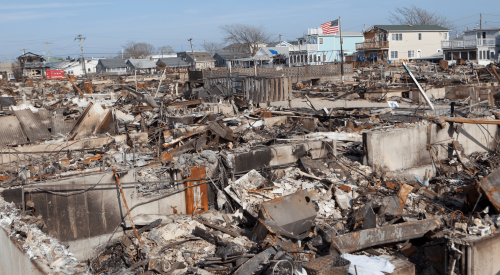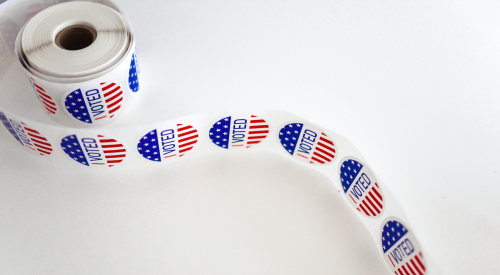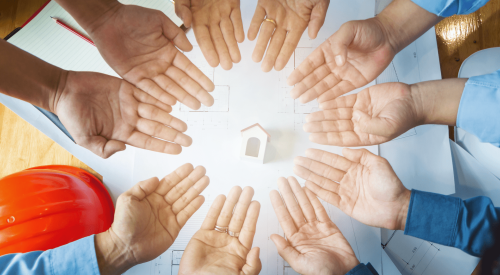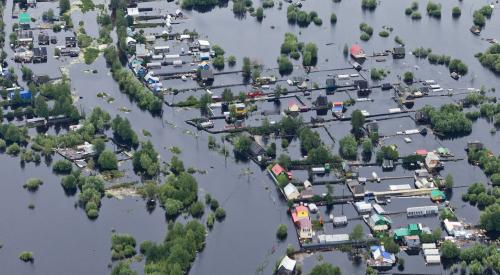The old saying about best-laid plans going awry is especially true when disaster strikes. Even with adequate preparation, homes, businesses, and communities can and do suffer severe damage from natural disasters every year. In addition to providing resilient homes built to contemporary codes, we as builders can play an important role in preparedness and recovery efforts.
Working within the communities we build and call home, we can help to lessen the impact of a disaster. The National Association of Home Builders (NAHB) has resources to help builders, remodelers, home builder associations, and homeowners prepare for and respond to disasters.
The NAHB Disaster Toolkit, available to NAHB members at nahb.org/disaster, contains a wide range of resources, including storm preparedness checklists, customizable flyers and consumer articles, disaster recovery brochures, and tips for handling media inquiries. It also offers case studies from four home builder association leaders across the country who have faced natural disasters in their hometowns. These leaders discuss their recovery plans and efforts, the challenges they faced, and what they learned from the experience.
RELATED
NAHB also has centralized information related to resilient building in a new section of our website. Go to nahb.org and search for “Building Resilience.” The section includes research reports from NAHB and other leading industry sources, tips on resilient construction and the importance of upgrading older homes and infrastructure, and NAHB’s policy recommendations related to preparedness and response. NAHB is proud to be a leading voice for our industry in support of resiliency efforts and initiatives that make homes better able to withstand disasters using cost-effective and market-driven solutions.
We are working to ensure that new regulations designed to improve the nation’s housing resiliency are focused on the highest risk areas and structures, are based on sound scientific data, rely on a clear methodology, and consider financial and administrative impacts—factors that affect housing affordability.
Data from the Federal Emergency Management Agency (FEMA) and other sources show that homes built to modern codes—those homes built in 2010 or later—are safer and more resilient than homes built to pre-2010 codes. But roughly 130 million homes of the nation’s housing stock of 137 million were built prior to the adoption of building codes in 2010 or later. Federal, state, and local policymakers should focus their improvement efforts on those older homes and other structures that are less resilient in withstanding natural disasters.
NAHB has been spearheading an effort, in concert with FEMA, the International Code Council, and the Insurance Institute for Business & Home Safety, to develop a series of Tech Notes that describe different types of low-cost retrofit techniques that can be used to increase the resiliency of existing buildings.
We are committed to supporting the communities in which we live, work, and play by providing resources, education, and technical expertise to encourage greater resiliency in the nation’s housing stock, while preserving housing affordability.
I hope you will explore these resources and share them with your colleagues and community.
W2W4
- Registration for the NAHB International Builders’ Show (IBS)—the premier event for the residential construction industry—is just around the corner. Don’t miss your chance to join us in Orlando from Feb. 8-10, 2022. Registration opens Sept. 1 at buildersshow.com.
- NAHB recognizes innovation and dedication throughout the industry with its awards programs. Deadlines are fast approaching for several awards, including the Best in American Living Awards (Aug. 27). Don't miss your chance to enter at awards.nahb.org.













